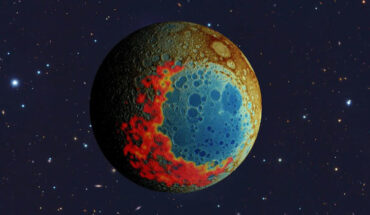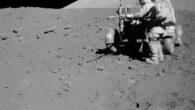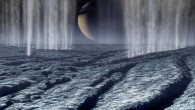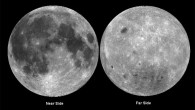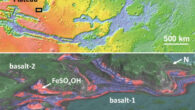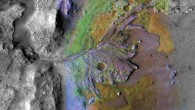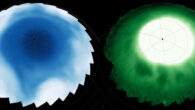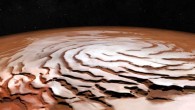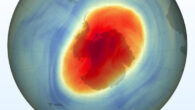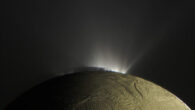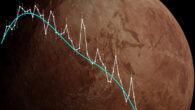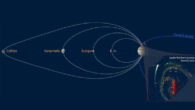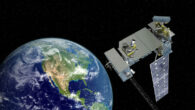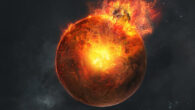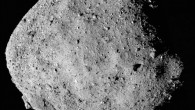Roughly 4.3 billion years ago, when our Solar System was still in its infancy, a giant asteroid slammed into the far side of the Moon, blasting an enormous crater referred to as the South Pole-Aitken basin. This impact feature is the largest crater on the Moon, spanning more than 1,200 miles north to south, and 1,000 miles east to west. The oblong shape of the basin is the result of a glancing blow rather than a head-on impact. Upending conventional...

